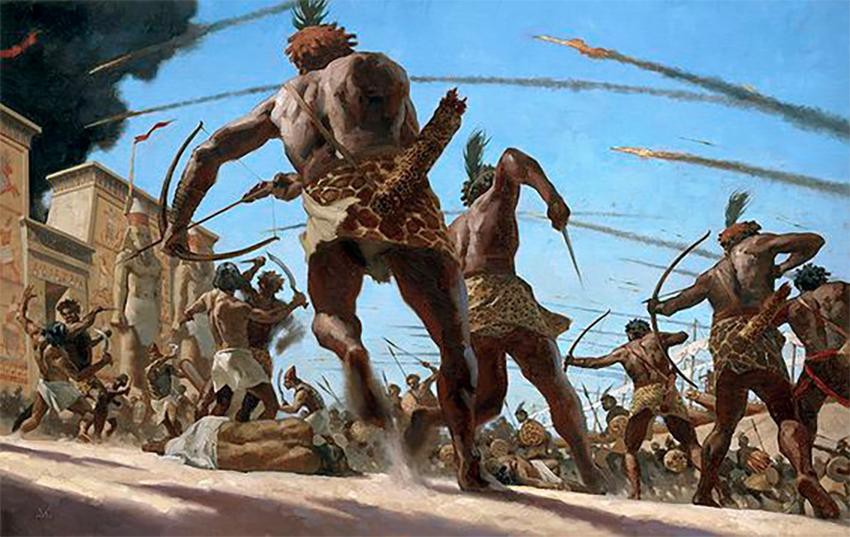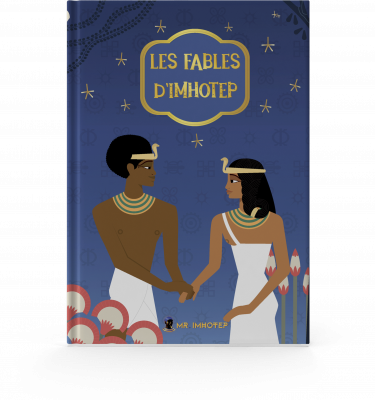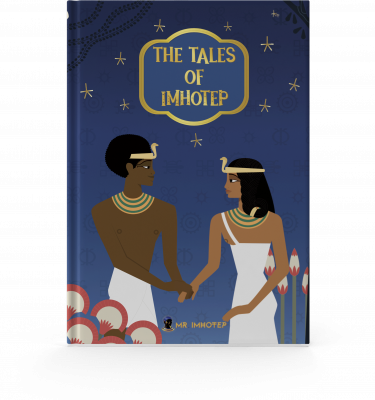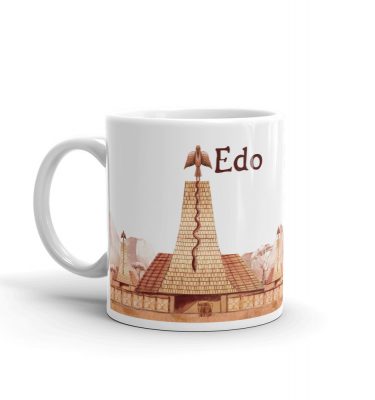Yam was an African kingdom that existed in ancient times. Not much is known about this ancient kingdom, and what little we do know about it comes from a few Kemetic texts from the Old Kingdom period. According to these texts, the people of Yam had contacts, specifically trade and military, with the Old Kingdom’s Kemites. Other than that, nothing much can be said with certainty about the kingdom of Yam.
When they discovered its existence through Kemetic texts, scholars tried to find its location. But to this day, it remains a mystery. There are some clues in the ancient sources as to where it is situated. Nevertheless, these are not clear enough, and modern scholars have disagreed with each other as to how such clues should be understood.
The main clues for Yam’s location can be found in a tomb inscription known as the Autobiography of Harkhuf . As the title of this text suggests, this inscription belonged to a Kemite named Harkhuf, a governor of Upper Kemet who lived during the 6th Dynasty (around 2345 BC – 2181 BC), and served under the pharaohs Merenre and Pepi II.
In Harkhuf’s account, the governor stated that he had made four expeditions into Nubia during his lifetime. During the first expedition, Harkhuf traveled to the south with his father, the “ritual priest Iry”. The two men were there to “explore a road into this country [i.e. Yam]”, which they managed to do “in only seven months”. At the end of the expedition, “all (kinds of) gifts from it” were brought back to Kemet, for which he was “very greatly praised”.
During his second expedition, Harkhuf is believed to have gone by himself, using the “Elephantine road”. Like his first expedition, the purpose of this one was also for trade,
“His majesty sent me a second time alone; I went forth upon the Elephantine road, and I descended from Irthet, Mekher, Tereres, Irtheth, being an affair of eight months. When I descended I brought gifts from this country in very great quantity. Never before was the like brought to this land. I descended from the dwelling of the chief of Sethu and Irthet after I had explored these countries. Never had any companion or caravan-conductor who went forth to Yam before this, done (it).”
The third expedition to Yam by Harkhuf was slightly different in nature from the first two that the governor had conducted. Harkhuf does not mention the duration of this expedition, but says that he took the “Uhet road”. Trade was probably the initial purpose of this expedition. Nevertheless, when he arrived in Yam, he discovered “the chief of Yam going to the land of Temeh to smite Temeh as far as the western corner of heaven.”
For one reason or another, Harkhuf decided that the action of the “chief of Yam” was not suitable, and decided to interfere in the affairs of Yam. Some scholars think that maybe he was aware that Yam would be no match for Temeh, or that a stronger Yam would be a threat to Kemet, or Temeh was one of Kemet’s trade partners as well. Whatever the reason(s), Harkhuf “went forth after him to the land of Temeh and I pacified him, until he praised all the gods for the king’s sake.” Harkhuf used diplomacy, rather than military might to pacify the chief of Yam.
On his return to Kemet, Harkhuf brought back a great number of goods from Yam yet again,
“I descended with three hundred asses laden with incense, ebony, heknu, grain, panthers, ivory, and every good product.”
Among the reasons that led some scholars to hypothesize about Harkhuf’s intervention to be motivated by the fear that Yam would become a threat to Kemet, there is the attitude of most people toward’s Yam’s soldiers.
In addition to precious objects, Harkhuf also brought the soldiers of Yam with him to Kemet. It is said to have impressed the “chief of Irhet, Sethu, and Wawat” whose territory they were passing through, “Now when the chief of Irthet, Sethu, and Wawat saw how strong and numerous was the troop of Yam, which descended with me to the court, and the soldiers who had been with me, (then) this `{`chief`}` brought and gave me bulls and small cattle, and conducted me to the roads of the highlands of Irthet,
”The soldiers of Yam are also attested in a text known as the Autobiography of Weni , which belonged to another court official of the 6th Dynasty. In this text, the soldiers of Yam served as mercenaries during the pharaoh’s war against the “Asiatic sand-dwellers”,
“When his majesty took action against the Asiatic sand-dwellers, his majesty made an army of many tens of thousands from all of Upper Kemet: …; from Lower Kemet: …; and from Irtjet-Nubians, Medja-Nubians, Yam-Nubians, Wawat-Nubians, Kaau-Nubians; and from Tjemeh-land.”
Harkhuf’s fourth expedition to Yam was also for the purpose of trade. The difference between this expedition and his previous ones was that the governor had received a royal letter from the 8-year-old pharaoh, Pepi II, whilst on his way back to Kemet. The contents of this letter were engraved on Harkhuf’s tomb, and the main point of it is that the pharaoh wanted to see a dwarf (Central African forager/pygmy) that Harkhuf encountered during his expedition, “Come northward to the court immediately; thou shalt bring this dwarf with thee, which thou bringest living, prosperous and healthy from the land of spirits, for the dances of the god, to rejoice and the heart of the king of Upper and Lower Kemet, Neferkare, who lives forever…. My majesty desires to see this dwarf more than the gifts of Sinai and of Punt.”
Whilst Harkhuf’s account provides a considerable amount of information about Yam, it has been pointed out that there are two questions that have divided scholars as to the location of Yam. The first is about the total distance covered by the round trip between Kemet and Yam (Harkhuf only provides the number of months required for his journey), and the routes followed by Harkhuf to Yam and back to Kemet (what exactly were the Elephantine and Uhet roads?).
As a result of differences in opinion, the area occupied by Yam has been placed in several places, including “the desert west of Upper Nubia”, in Lower Nubia, further south below the six cataracts of the Nile, and even further west in Chad.
The fact that African foragers (pejoratively called pygmies) could be found in Yam, implies that the region was probably bordering the Congo rainforest, where most African foragers of the area still live.








